An eclectic trio spanning past and present.
Inspired by a Company engagement at the Edinburgh Festival and set to an evocative Mendelssohn score, Balanchine’s Scotch Symphony, for a lead couple and a corps de ballet, is a nod to the romantic tradition of ballet. Jerome Robbins’ enthralling Glass Pieces, a perennial favorite in the repertory, moves through moods to rise to a galvanizingly energetic finale. And while Justin Peck is celebrated for his high-energy ensemble works, Belles-Lettres reveals another aspect of his voice, with its series of gently lyrical pas de deux and solos steeped in an air of reflective romanticism.
A scenic escapade in the Scottish Highlands, this charming Balanchine ballet features brisk footwork and a wistfully romantic pas de deux.
New York City Ballet first appeared at the Edinburgh Festival in August 1952. George Balanchine was so impressed by the grandeur of the landscape, and the parade of the massed Scottish regiments in their stirring Night Tattoo, that he paid homage to the sweep and freshness of the highlands with this work, set to Mendelssohn’s early romantic symphony inspired by the composer’s 1829 visit to Scotland.
Without recreating any specific ballet, Balanchine nevertheless freely evokes the situations and style of such 19th century ballet favorites as La Sylphide, which had a Scotch locale, and served as a prototype for Michel Fokine’s Les Sylphides.
Layering Franck's lyrical score with Mary Katrantzou's intricately embroidered lace lettered garments, Belles-Lettres is one of Peck’s most amorous ballets, replete with swooning pas de deux that build to an emotional climax.
With a cast of nine dancers, Belles-Lettres is NYCB Resident Choreographer and Artistic Advisor Justin Peck’s seventh ballet for the Company. Created for the 2014 Fall Gala, Belles-Lettres features costumes by London-based Greek fashion designer Mary Katrantzou and lighting by Mark Stanley. Set to César Franck’s Solo de piano avec accompagnement de quintette à cordes, the ballet marks the first time that Franck’s music has been included in the NYCB repertory.
Music:
Solo de piano avec accompagnement de quintette à cordes
Expansive in scope and streamlined in style, Glass Pieces captures the pulsating heartbeat of metropolitan life with its charged, urban choreography, concluding in a finale that propels the corps de ballet across the stage at an electrifying pace.
Although Philip Glass’s work is often labeled as minimalist, he prefers to call it “music with repetitive structures.” His early compositions were greatly influenced by Ravi Shankar and the hypnotic rhythms of Indian music. Some of his most notable work for theater includes the trilogy of operas comprising Einstein on the Beach, Satyagraha, and Akhnaten.
Jerome Robbins, originally in line to direct Akhnaten, instead choreographed a ballet using music from the opera along with Rubric and Facades, both from Glassworks. In Glass Pieces, Robbins incorporated concepts from postmodern dance into the traditional ballet vocabulary, and he infused the work with a distinctly urban energy. The recurrent rhythms, driving momentum, and labyrinth of shifting patterns of the ensemble combine to create a physical architecture for Glass’s music.
The ballet captures the dynamic pulse of metropolitan life, inspired by Philip Glass’ streamlined and hypnotic compositions. Robbins deploys a massive ensemble of dancers in this exhilarating, highly detailed, and refreshingly abstract piece.


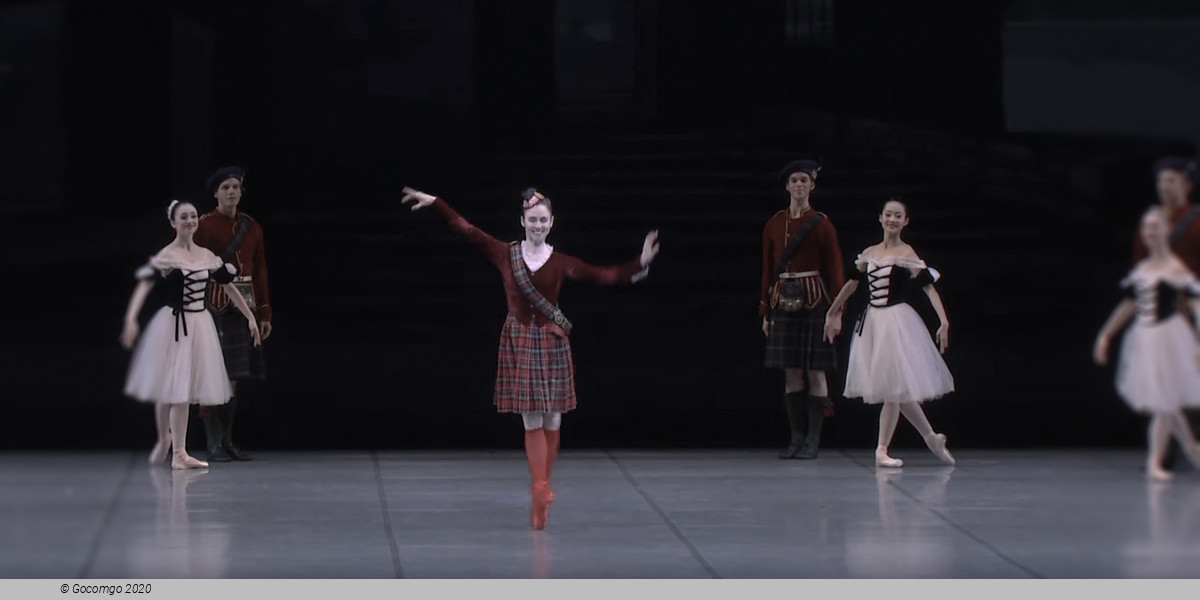
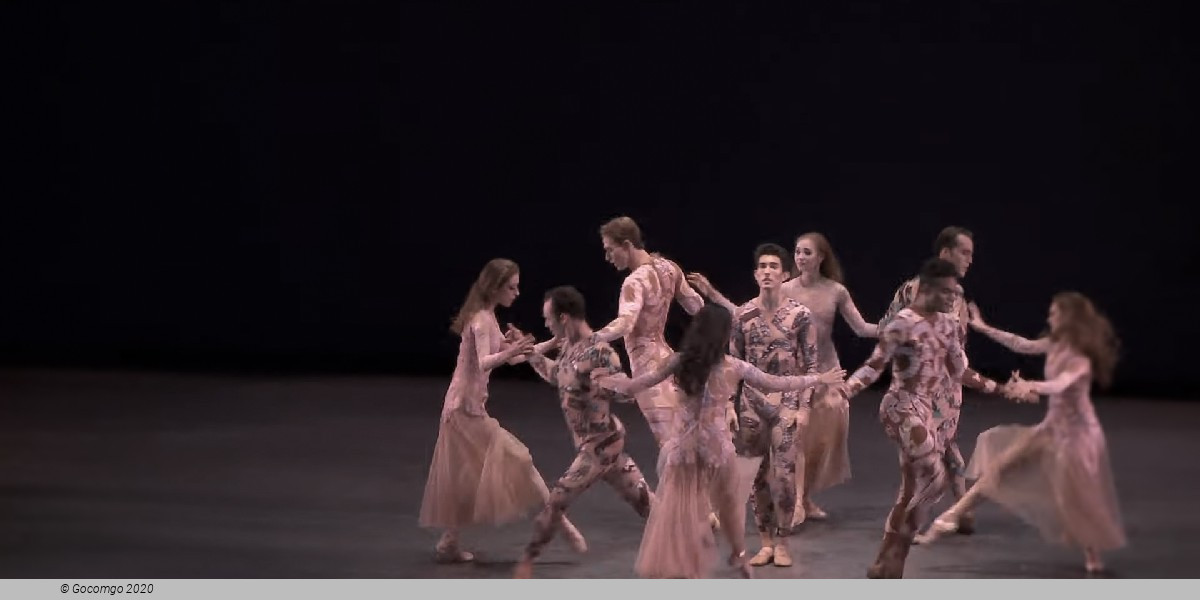
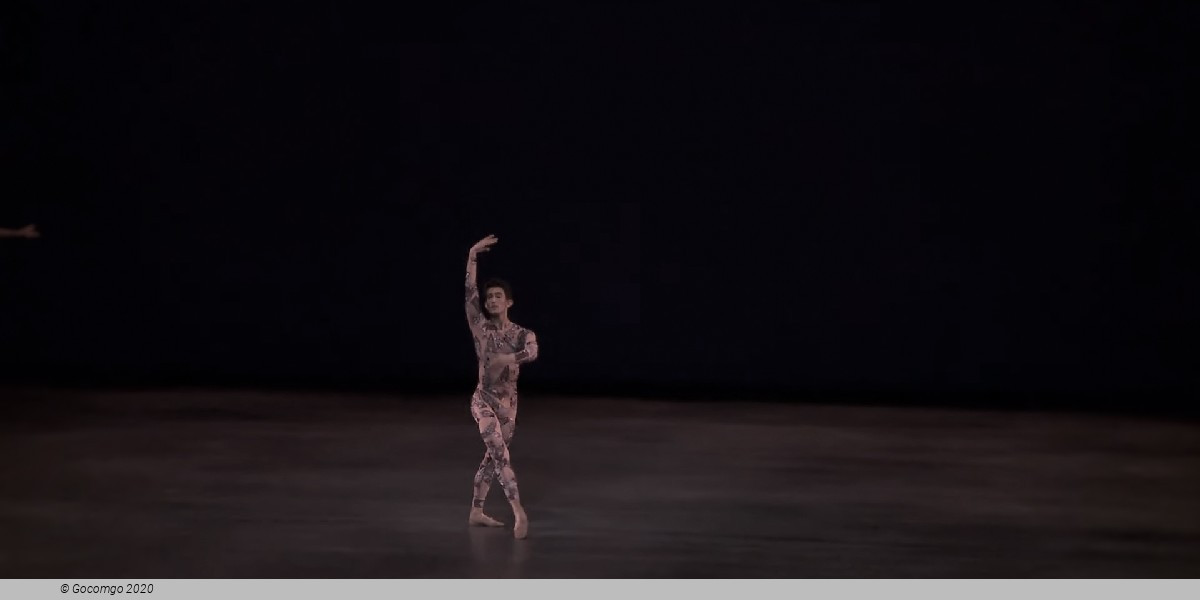
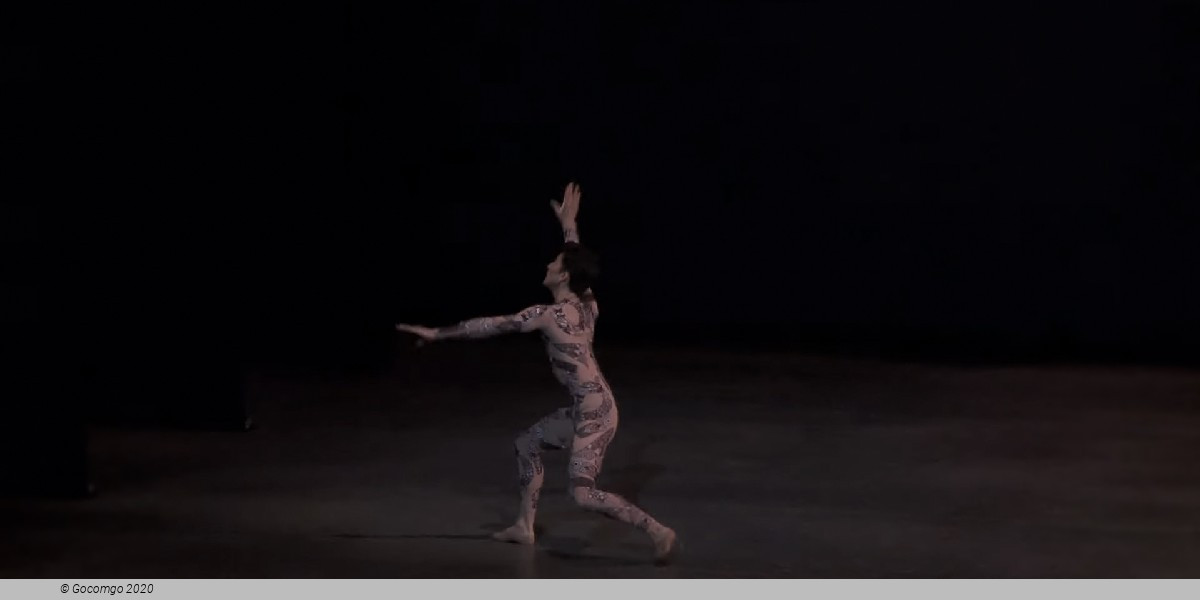
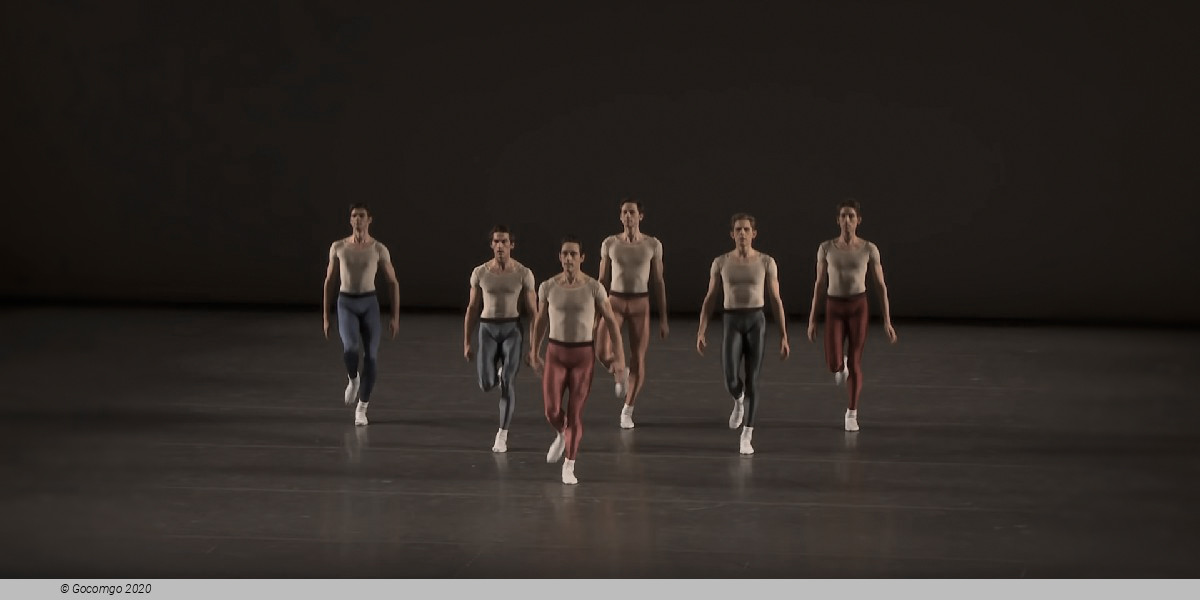
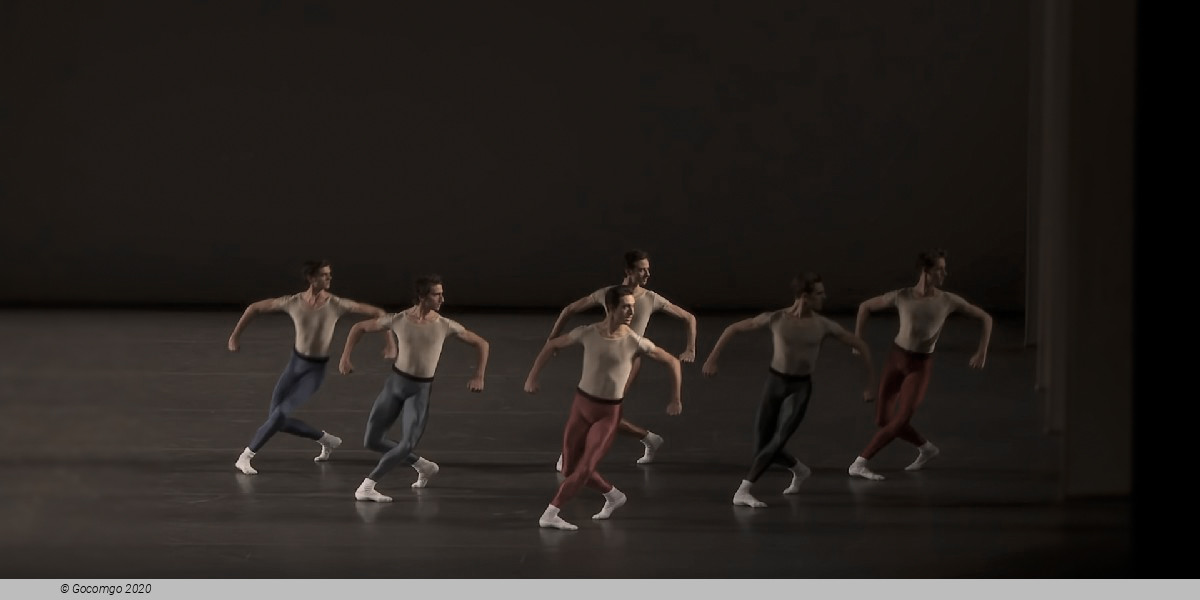
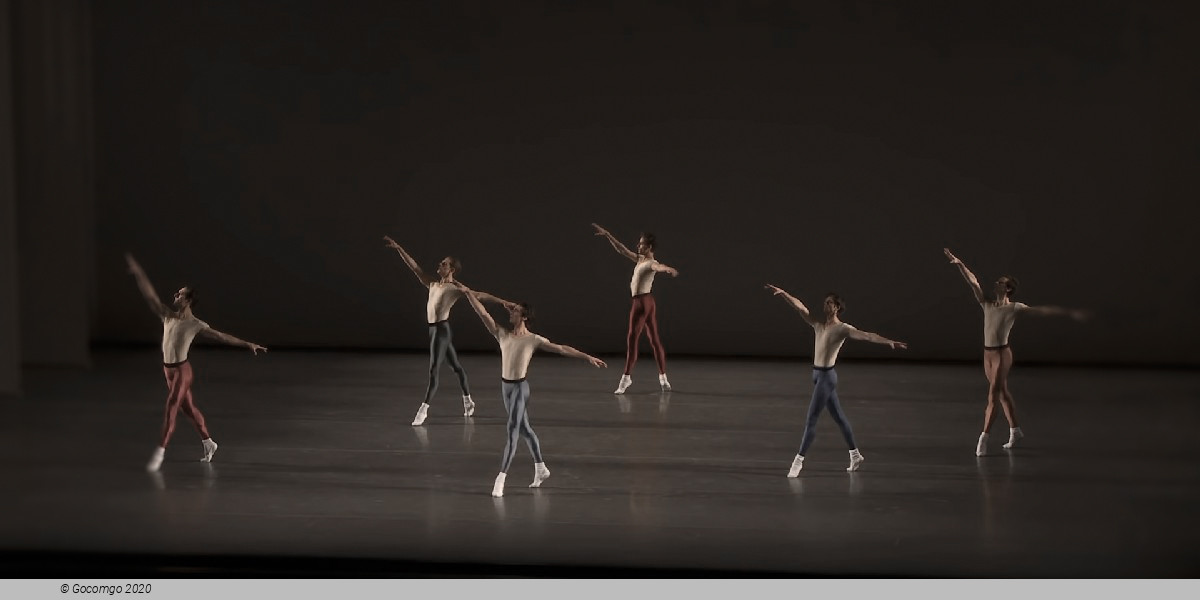
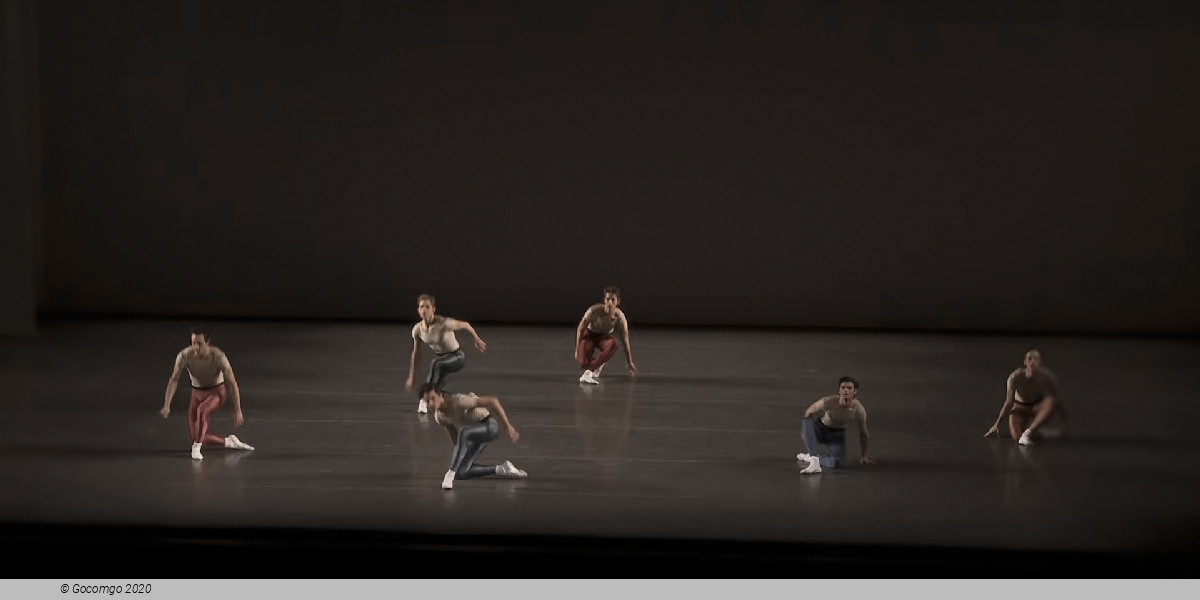
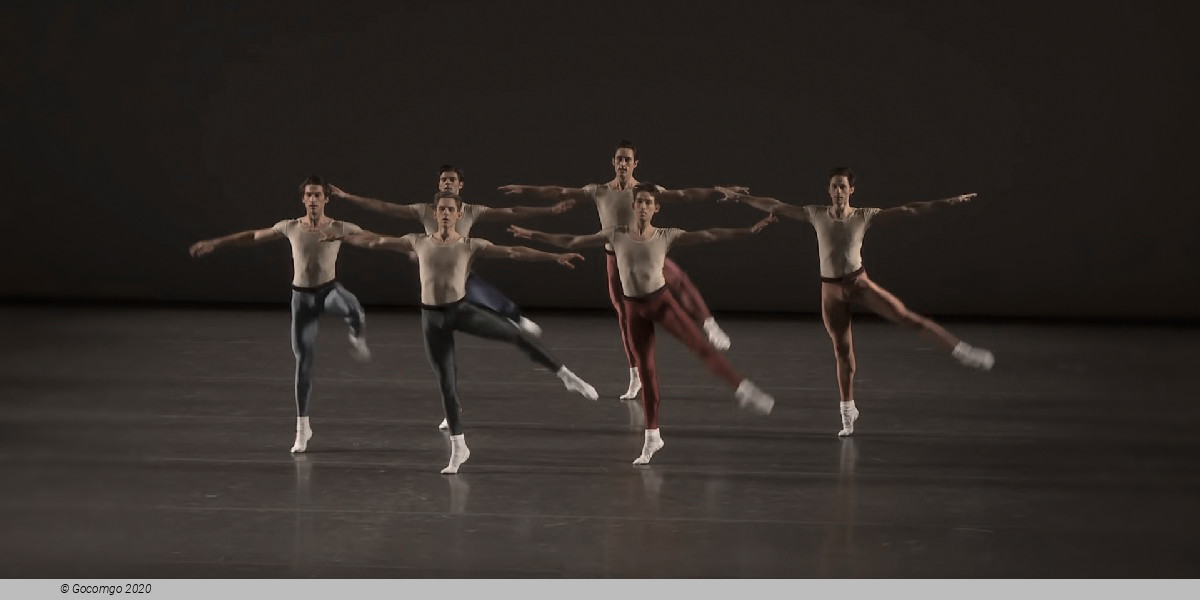
 20 Lincoln Center Plaza
20 Lincoln Center Plaza